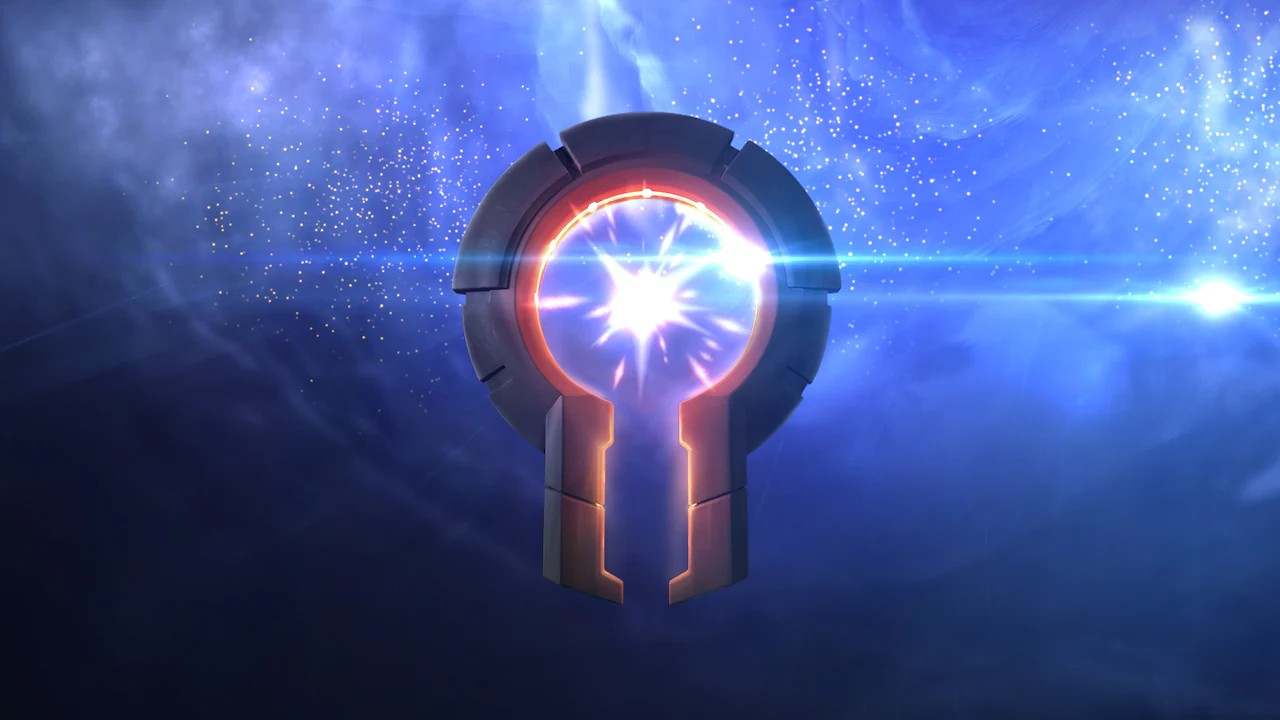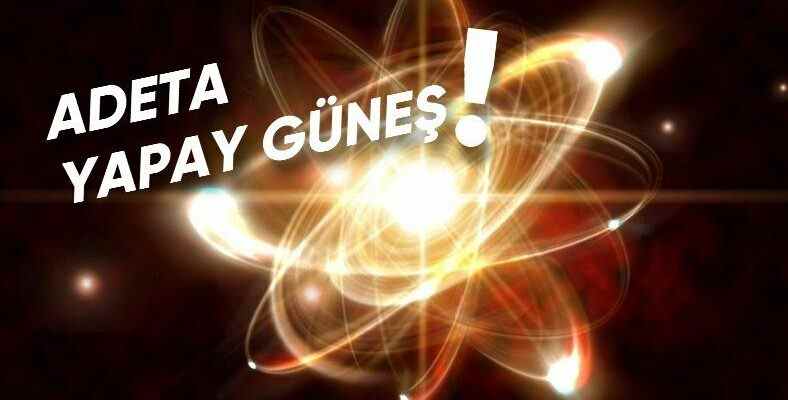For the first time last year, scientists managed to achieve a self-sustaining nuclear fusion like the Sun. Now the only problem is to find out how they can repeat this process.
The formation of a new atom by the fusion of two different atoms is called nuclear fusion. For example, in stars, different kinds of elements react under intense pressure. new emerging elements, heat, light and radiation coming out.
Scientists spend a lot of time on nuclear energy, which they see as one of the ways to reach energy. When nuclear fusion is performed in studies done so far, the power of fusion was decreasing over time. Last year, scientists, for the first time in history, self-sustaining fusion developed. The only problem is, they’re not quite sure how to do the same thing again.
Nuclear fusion could solve the energy crisis (if we can)
Coming from the Sun, the source of life on Earth source of heat and light is nuclear fusion. As hydrogen atoms combine to form helium, it also radiates a great deal of energy. Cosmic events, such as supernovas, also occur through nuclear fusion.
It is not possible to carry out these reactions, which can easily take place in space, on our planet. In artificial environments created, heat and energy, even if the conditions required for the reaction to start are provided, X-ray radiation and heat conductors lost in cooling mechanisms such as That’s why scientists are trying to reach the ignition point, the point where fusion creates the energy and environment to continue the reaction on its own.
Could be the key to clean energy

A study published on August 8, 2021 has revealed one of the most important discoveries in human history so far. Researchers from California’s Lawrence Livermore National Ignition Laboratory found hydrogen isotopes called tritium and deuterium in a gold-plated circle of depleted uranium. from 192 lasers subjected to intense energy. Thus, for the first time, an ignition process was carried out in a laboratory environment.
For 1 100 trillionths of a second, scientists are out of this fusion. 10 quadrillion watts succeeded in generating power. Later, the scientists tried the same experiment four more times, but they were not able to produce the same level of energy.
RELATED NEWS
Nuclear Fusion in the Sun’s Core Analyzed for the First Time in History
Researchers have found that the reason for this situation is in nuclear fusion studies. to do too much they show him to play a very sensitive role. Therefore, it may not always be possible to work with the same efficiency.
Source :
https://www.sciencealert.com/scientists-achieved-self-sustaining-nuclear-fusion-but-now-they-cant-replicate-it
